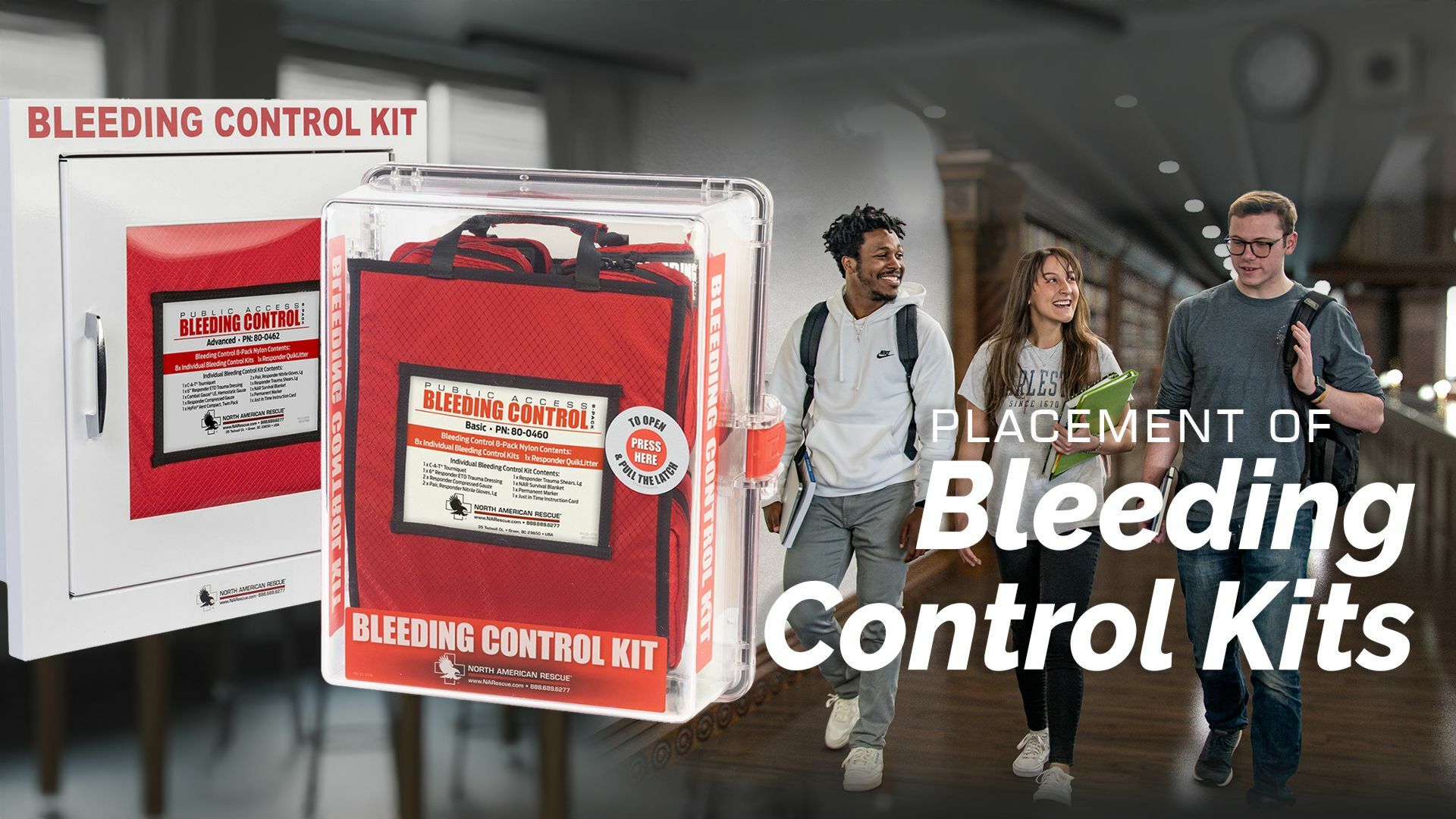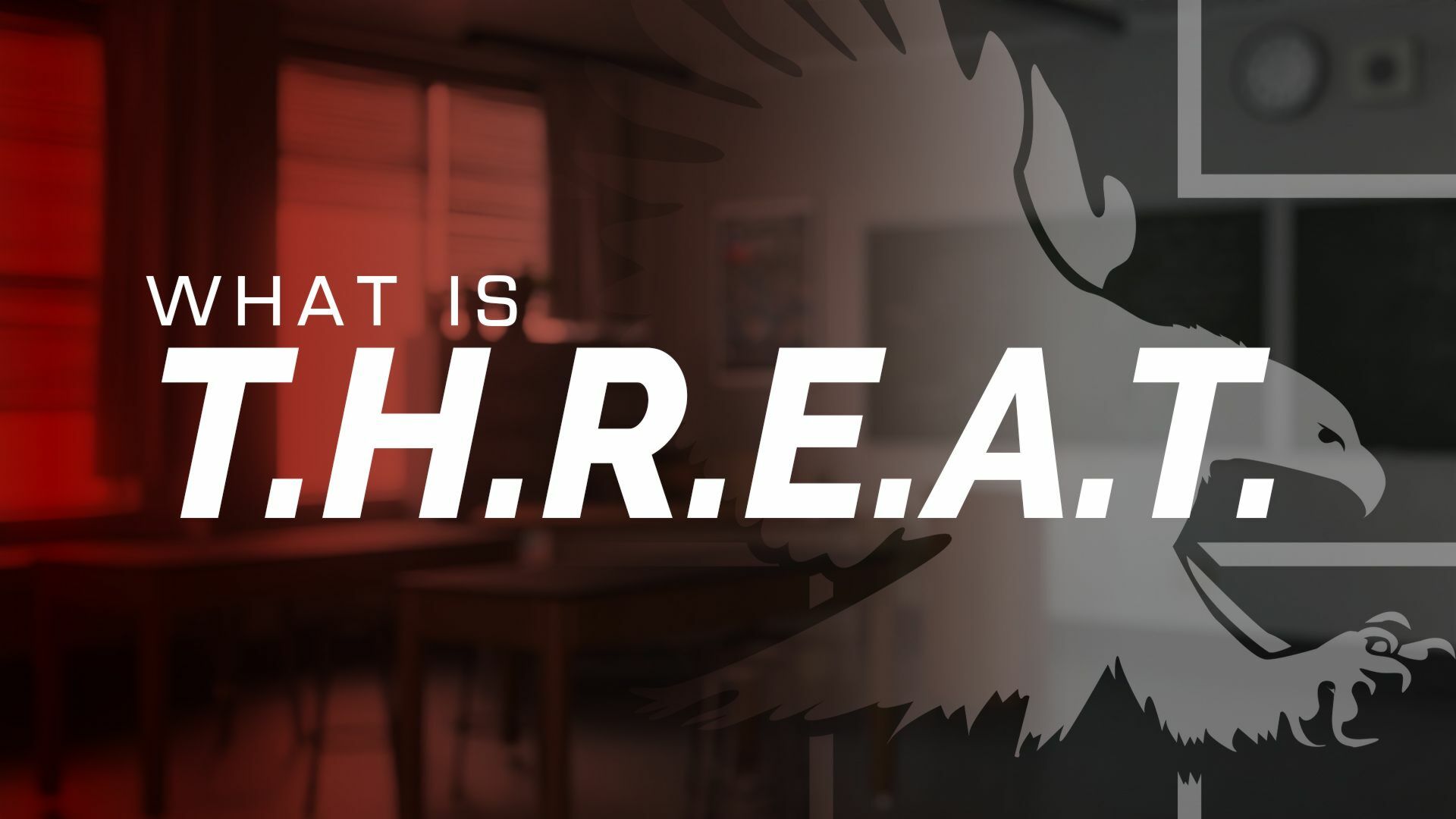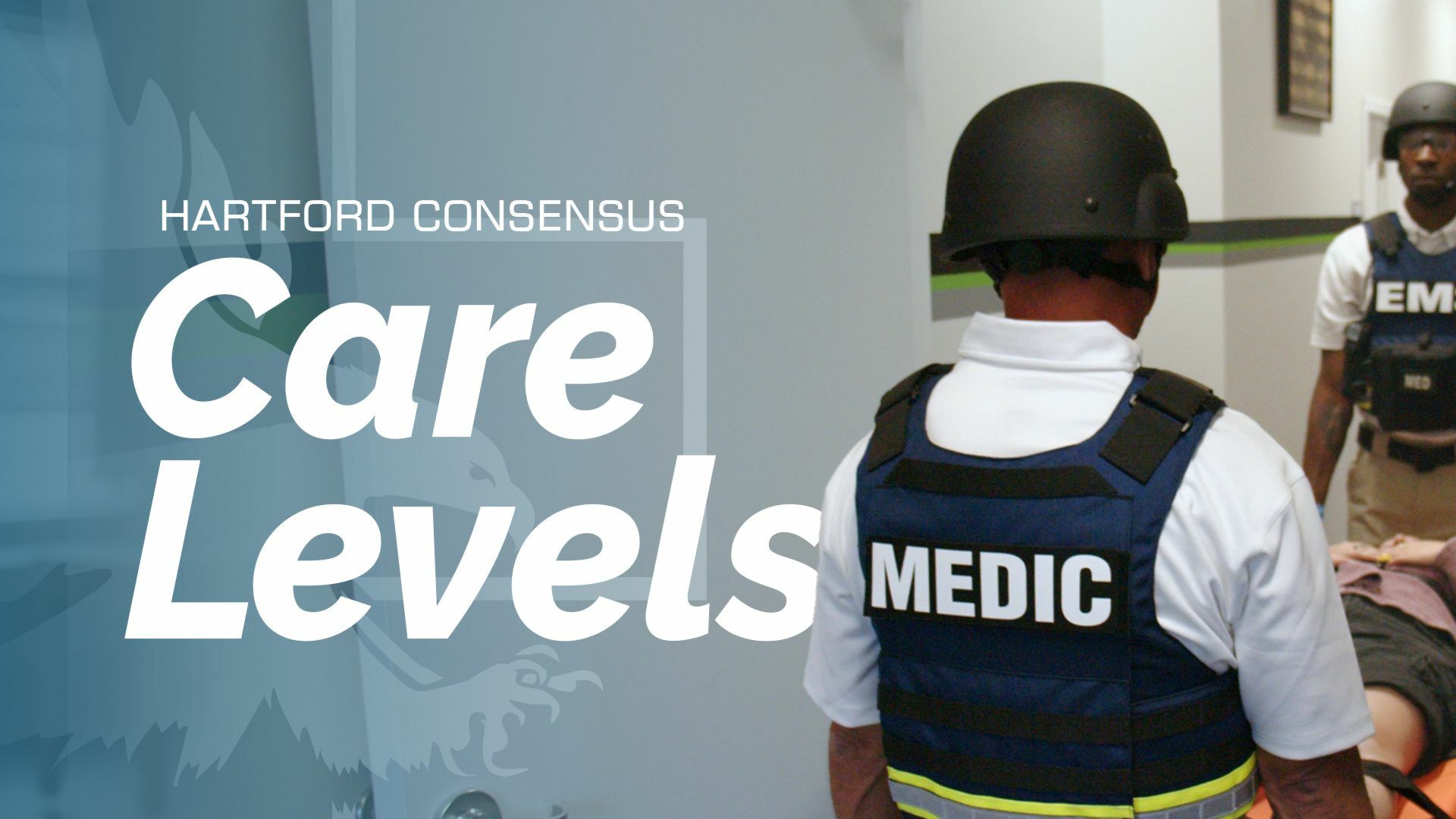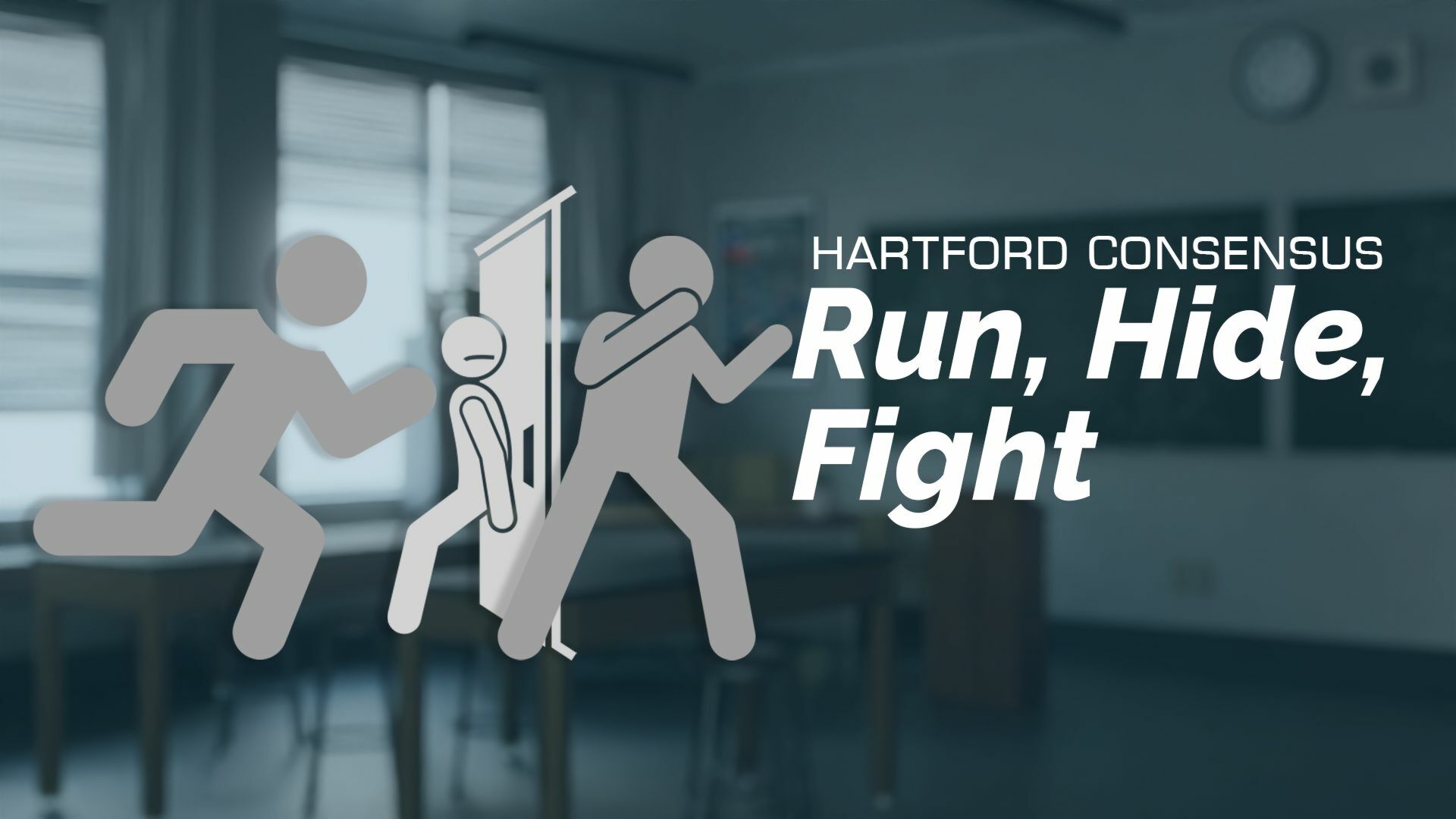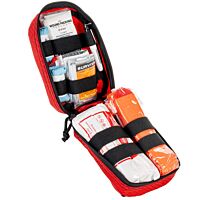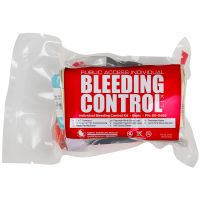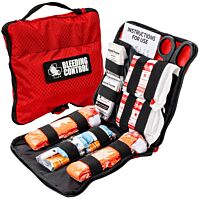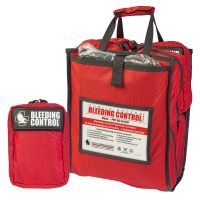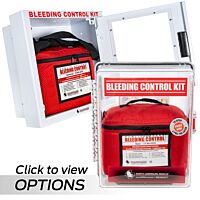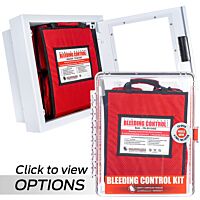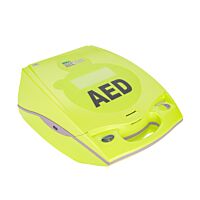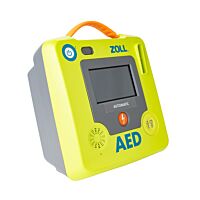Bleeding Control Placement
Another focus of the Hartford Consensus 3 was the placement of bleeding control items. What they recommended is that bleeding control items like tourniquets, hemostatics, and pressure dressing be placed in all public access areas. So, schools, gymnasiums, movie theaters, malls, you name it. Anywhere there's an AED, you should also have a bleeding control station so that these materials are widely accessible to the public in the event of a mass casualty incident.
What was the Hartford consensus 4?
The Hartford Consensus 4 was a follow-up meeting in January of 2016.
This was a call for increased national resilience. The focus of this meeting that they published was, let's focus on bystander training, knowing that if we equip and properly train bystanders, they're more willing to step up, take action, and save lives. Again, the person next to the one injured is most likely to be able to save their life. Again, bleeding, you can bleed out in two, or three minutes, and so you don't always have time to to have EMS respond, come and stop that bleeding for you. It has to be the person next to you.
Equip and Train
The Hartford Consensus called on the public to equip and train. The Hartford Consensus 4 provided strong support for public Stop the Bleed classes. Now, that can be a course like Bleeding Control, an AEMT course, the American College of Surgeons course, or several others out there to include North American Rescue’s, bleeding control course.
So for training, they emphasize the need for the public and first responders to recognize massive bleeding. So things like pulsatile or steady bleeding from the wound, blood pooling on the ground, blood soaking through clothing, bandages becoming soaked with blood, traumatic amputations, or a bleeding patient that is now in shock. Those are the ones we need to step in right away and treat them as appropriate. So initially, we want to provide direct pressure and then we want to employ The tools in the bleeding control kit. So again, tourniquet, hemostatic and pressure dressing.
So the take home really from this is that if you properly train the public to respond and you equip them, they're much more likely to step up, and save a life. So make sure if you're reading this, that you've already done a bleeding control course. If you haven't, make sure you do one. If you haven't, get trained. Then do your part to step up, become an instructor and train everyone that you can.

